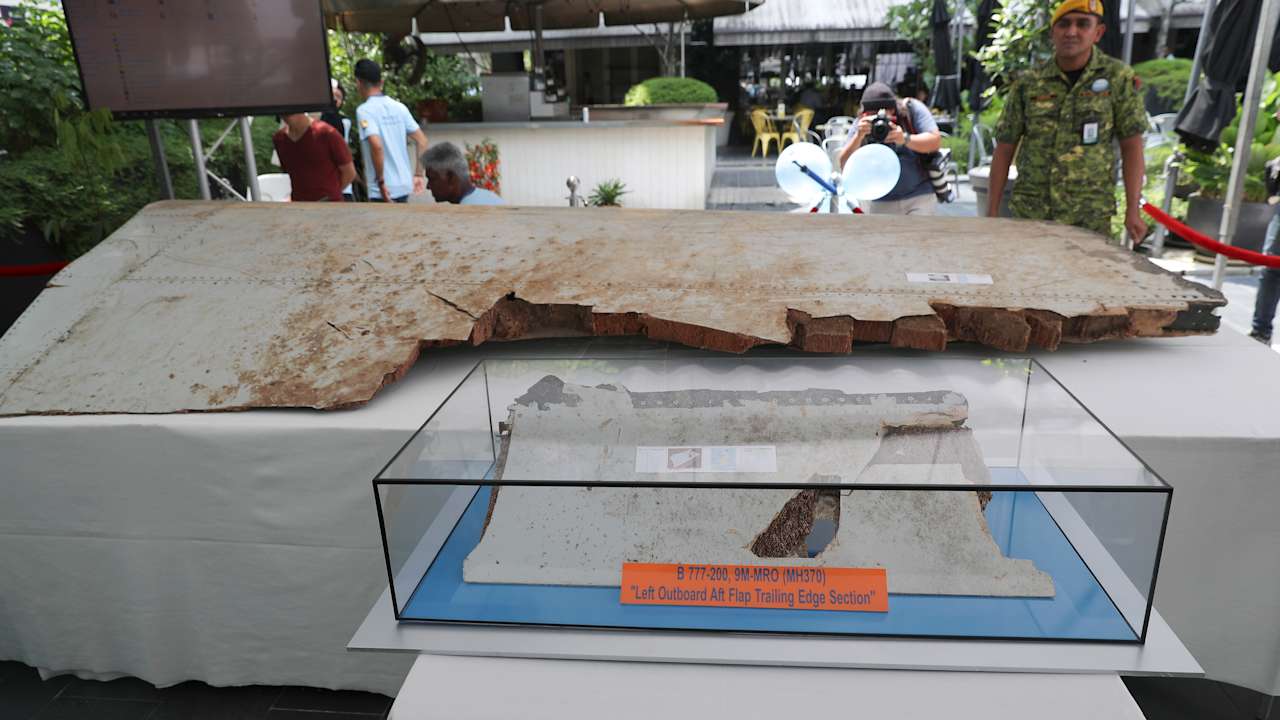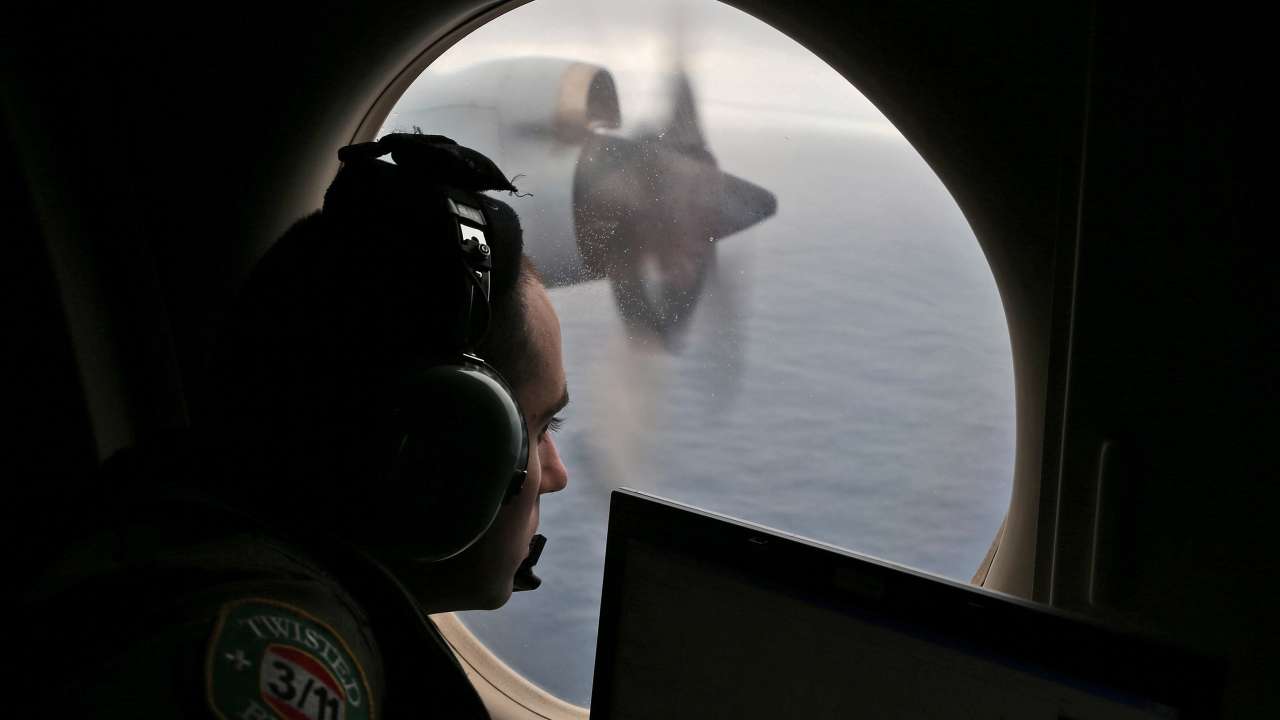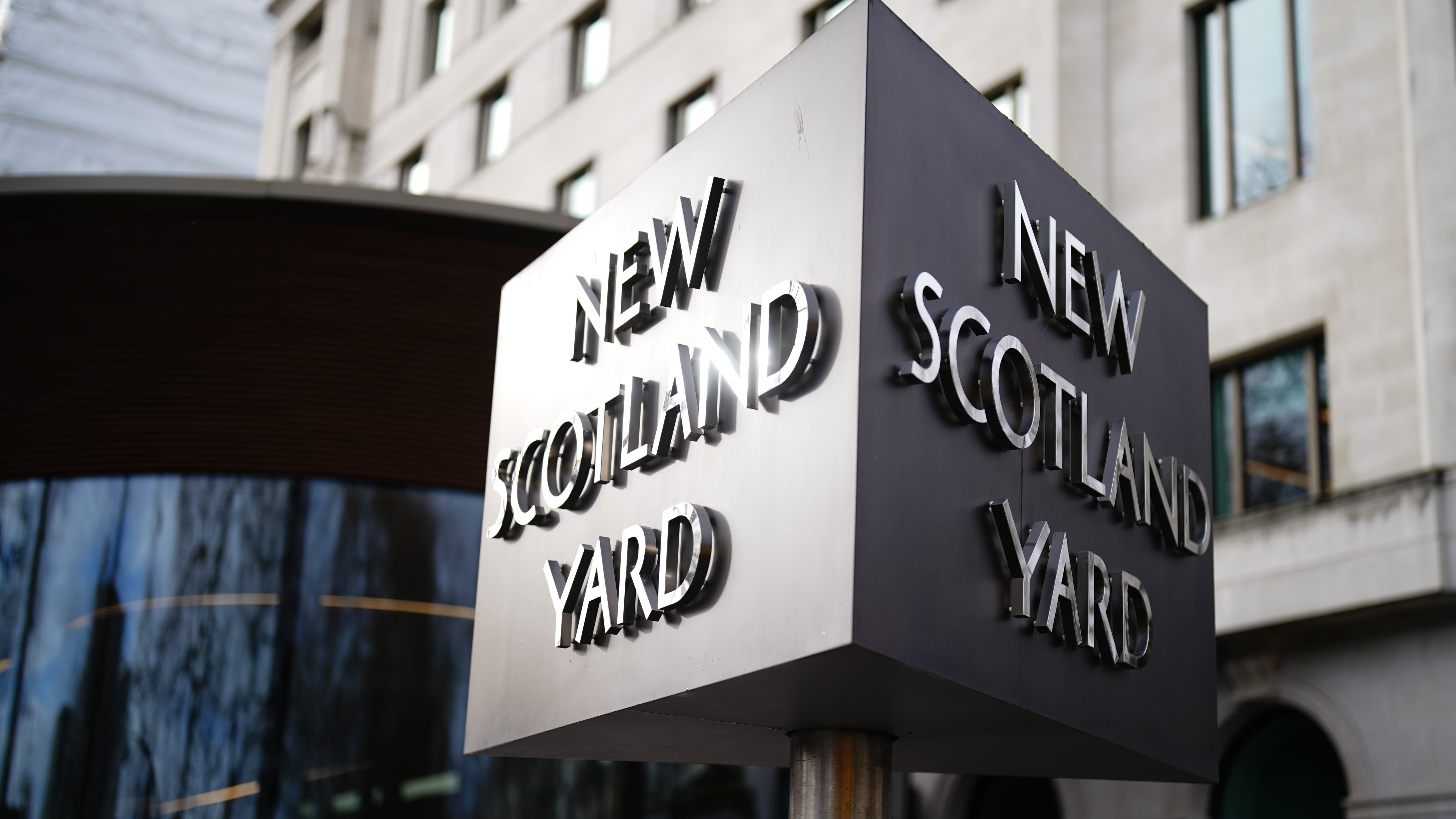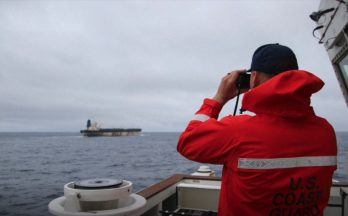On March 8, 2014, a Malaysia Airlines flight vanished without a trace. Its disappearance quickly became one of aviation’s biggest mysteries, and investigators are still uncertain as to what exactly happened to the plane and its 239 passengers.
Satellite data showed the plane deviated from its flight path to head over the southern Indian Ocean, where it is believed to have crashed – but no sign of the Boeing 777, or those onboard, has ever been found.
So what do we know about the deadly aviation tragedy ten years on?
Where was the plane going?
The flight took off from Malaysia’s capital Kuala Lumpar on March 8, 2014 and was due to arrive in Beijing, China. The non-stop flight typically takes around six and a half hours.
Who was onboard?
There were 239 people on the Boeing 777 plane, most of whom were Chinese nationals.
There were also passengers onboard from Australia, the United States, France, New Zealand and Russia, among other countries.
Relatives of those who went missing formed the support group Voice 370, which continues to push for the plane to be found so that they can get closure over the loss of their loved ones.

Around 40 Chinese families have rejected a small compassion payment from Malaysia Airlines, and they have sued five companies, including the airline, Boeing and aircraft engine maker Rolls-Royce, seeking more compensation and answers as to who is responsible.
Court hearings started in Beijing in November and a verdict could take months.
No bodies have ever been found in association with the disappeared plane.
What does the flight data show?
The flight took off from Malaysia’s capital Kuala Lumpar at 12:41am.
At 1:07am the Aircraft Communication Addressing and Reporting System (ACARS) transmitted its regular, half-hourly data report about the jet’s engines and other data to the airline.
Someone, reportedly the co-pilot, made the final voice communication from the cockpit, saying “All right, good night” to air-traffic controllers at 1:19am.
Just one minute later the transponder, which is a wireless communication and control device, shut down, removing the plane’s identification on commercial radar systems.
At 1:37am an ACARS data transmission was due, but was never sent.
The plane was last seen on a military radar at 2:14 am, heading west over the Strait of Malacca, which connects the South China Sea and the Andaman Sea.

Almost six hours later, at 8:11am, a satellite records a faint, final “ping” from the disabled ACARS system. A broad arc of the jet’s possible location stretches from Kazakhstan into the southern Indian Ocean.
The jet’s fuel supply is estimated to have run out at around 8:40am.
What did the search operation look like?
The hunt for the missing MH370 was one of the largest and most expensive searches in aviation history.
So far it is estimated to have cost around $200 million (£157 million).
The underwater search alone covered more than 1,800 kilometres in length, between 86 and 146 kilometres in width and close to 200,000 square kilometres in total, according to the Australian Transport Safety Bureau (ATSB), which led a large portion of the investigations.
There was extensive analysis of the communications between the aircraft and mobile communications services and examination of possible flight paths.
There was then an underwater search of Freemantle Harbour, west of Perth, Australia, after data suggested that was the most likely location for remains of the plane.
The search by the Australian Transport Safety Bureau (ATSB) lasted between May 2014 and January 2017.
Debris from the MH370 was discovered on the shores of Indian Ocean islands and the coastline of east Africa in 2015 and 2016, which provided “significant insights” into how and where the aircraft ended its flight, the ATSB said.

Despite the efforts of hundreds of people, the aircraft was not located.
On January 17, 2017 the Australian, Malaysian and Chinese governments announced the suspension of the search until “further credible evidence” about the aircraft’s location became available.
On January 16, 2018, the Malaysian government announced the start of a second search, led by the Malaysian Investigation Team, on a “no find, no fee” basis, located immediately north of the previous search area.
The Malaysian Government released its final Safety Investigation report on July 31, 2018, acknowledging that as the main aircraft wreckage, including the aircraft’s flight data recorder and cockpit voice recorder, had not been located, the investigation was unable to draw definitive conclusions about what happened to flight MH370.
Will they continue searching?
Malaysian officials said on March 4 that they might renew the search for the MH370.
A US company tried to find the plane in 2018 and suggested there should be a fresh search in the southern Indian Ocean.

It is unclear whether it has new data to pinpoint the location of the plane.
Malaysian Transport Minister Anthony Loke said he would invite Texas-based marine robotics firm Ocean Infinity to brief him on its latest “no find, no fee” proposal.
The Malaysian government has long said it would not support another search without new leads on the plane’s location.
If the evidence is credible, Mr Loke said he will seek government approval to sign a new contract to resume the search.
“The government is steadfast in our resolve to locate MH370,” he told a memorial event marking the 10th anniversary of the disappearance of the jet.
“We really hope the search can find the plane and provide truth to the next-of-kin.”
How did the MH370 change aviation?
The MH370 tragedy prompted the aviation sector to improve plane navigation systems, particularly for flying over remote and ocean areas.
A new Global Aeronautical Distress and Safety System (GADSS) was developed by the International Civil Aviation Organization (ICAO), member states and the aviation industry more widely, with the intention that it could better track passenger planes.
The system involves tracking planes’ positions every 15 minutes and a “distress tracking system” installed on aircraft.
Follow STV News on WhatsApp
Scan the QR code on your mobile device for all the latest news from around the country





























